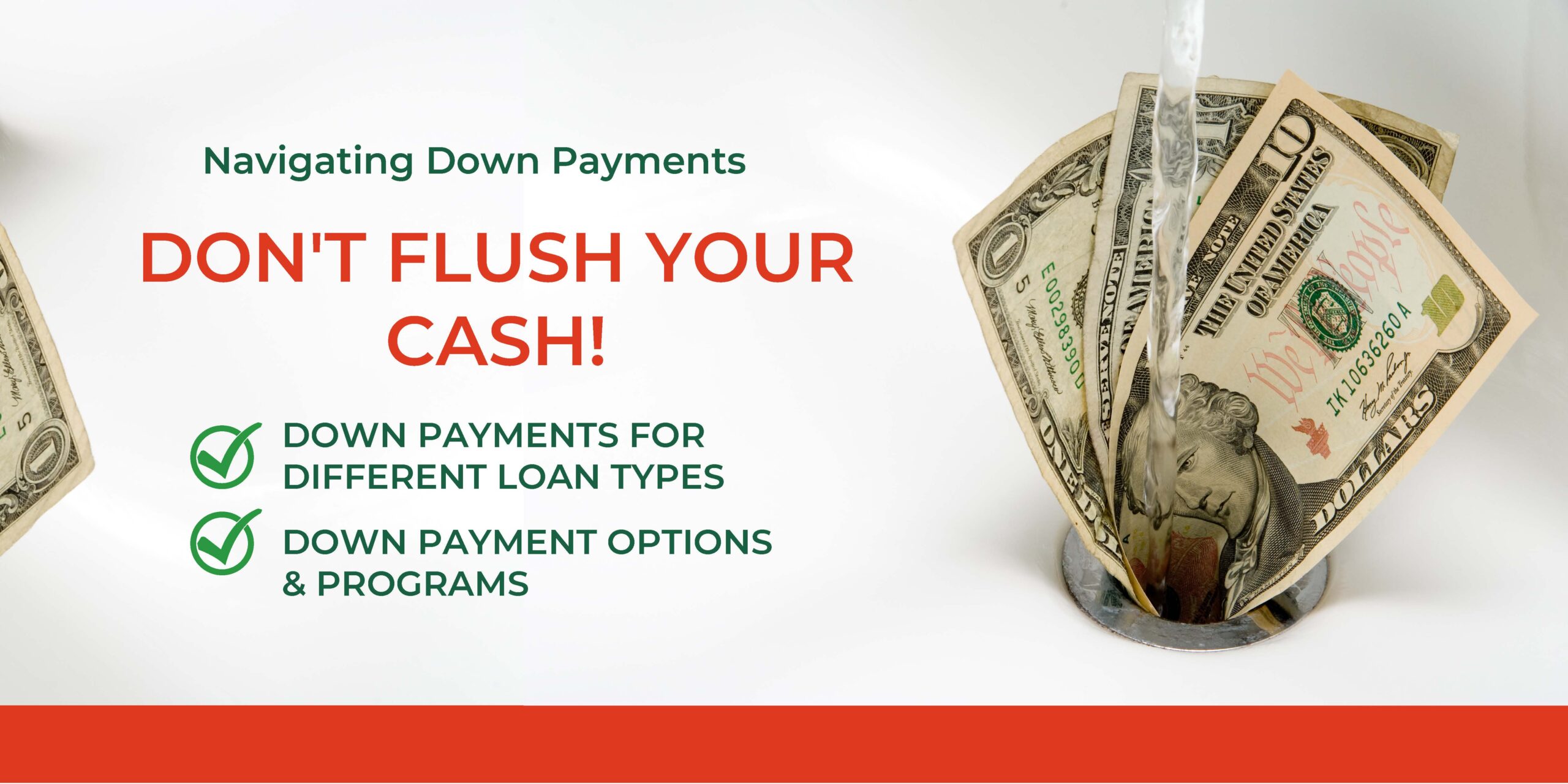Let’s face it, one of the biggest hurdles to buying a home is coming up with the dough for the down payment. That’s right, I’m talking about that chunk of change you need to pay upfront in cold, hard cash, instead of getting it rolled into your mortgage. This is where things can get a little tricky, as lenders often require down payments to reduce their risk and make sure you’re invested in the property. But fear not, my friends. We’re about to explore the juicy details of down payments and the different options and programs available for home buyers. Prepare yourself to make your dream home a reality!
Different Requirements for Different Loan Programs:
The down payment requirements for buying a home can vary depending on the type of loan you’re applying for. Some loan programs, such as FHA loans, allow for a lower down payment, while others, such as conventional loans, typically require a higher down payment. Here are a few examples of down payment requirements for various loan programs:
- FHA Loans: The Federal Housing Administration (FHA) offers loans that require a minimum down payment of 3.5% of the home’s purchase price. FHA loans are popular among first-time homebuyers, as they allow for a lower down payment and often have more lenient credit score requirements. However, you will likely need to pay private mortgage insurance (PMI).
- Conventional Loans: Conventional loans typically require a higher down payment, usually around 5-20% of the home’s purchase price. However, if you can put down at least 20%, you can avoid paying PMI, which can potentially add hundreds of dollars to your monthly mortgage payment.
- VA Loans: VA loans, which are available to veterans and active-duty military members, do not require a down payment.
- USDA Loans: The United States Department of Agriculture (USDA) offers loans that require no down payment for borrowers in rural and suburban areas.
Down Payment Options & Programs:
Don’t let a lack of savings hold you back from becoming a homeowner. There are plenty of down payment options and programs out there to help you make your dream a reality, even if you don’t have a stack of cash saved up for a traditional down payment. So, don’t give up on your homeownership dreams – let’s explore all the possibilities together!
- Down Payment Assistance Programs: Many states and local governments offer down payment assistance programs that provide grants, loans, or tax credits to help homebuyers with their down payment and closing costs. These programs may have income or credit score requirements, and the amount of assistance available can vary depending on where you live.
- Gifts from Family or Friends: If you have family or friends who are willing to give you a gift to help with your down payment, this can be an option. However, it’s important to note that lenders typically require a “gift letter” and documentation to prove that the money is indeed a gift and not a loan that will need to be repaid.
- Retirement Accounts: If you have a 401(k) or IRA, you may be able to withdraw funds to use toward your down payment without paying the usual early withdrawal penalties. However, you will still have to pay taxes on the withdrawal, and you will be taking money away from your retirement savings.
Weighing Your Options: The Benefits and Drawbacks of Different Down Payment Strategies:
Each down payment option and program comes with its own set of perks and drawbacks, so it’s important to give them a good once-over before picking the one that’s right for you. After all, with a little bit of research and consideration, you can find the down payment strategy that helps you open the door to your dream home without breaking the bank. Be sure to explore the pros and cons of each option and find the one that suits you best.
General Pros:
- Lower down payments may make homeownership more affordable, especially for first-time homebuyers.
- Down payment assistance programs and other options can help borrowers who don’t have enough savings to cover a traditional down payment.
- Avoiding private mortgage insurance may save borrowers hundreds of dollars per month.
General Cons:
- A smaller down payment means a larger mortgage and potentially higher monthly payments.
- Borrowers who put down less than 20% may be required to pay private mortgage insurance (PMI).
- Using retirement savings for a down payment can mean sacrificing future financial security.
Buying a home is an exciting adventure, but let’s be real, coming up with the down payment can be a major buzzkill. But don’t despair, there are a variety of loan programs and assistance options out there that can help you navigate this hurdle. By taking the time to weigh your options, you can find a down payment solution that fits your unique financial situation and unlocks the door to your dream home. So, don’t give up on the adventure just yet – with a little bit of research and planning, you’ll be well on your way to achieving this exciting milestone!
Please note that the information provided in this article is subject to change and may vary depending on your individual circumstances. Loan requirements and down payment assistance programs can vary depending on factors such as location, income, and credit score. It is always recommended you consult with a professional financial advisor or lender to determine the best options for your specific situation. Your realtor can also help you find trusted professionals to guide you through the home buying process.







Leave A Comment